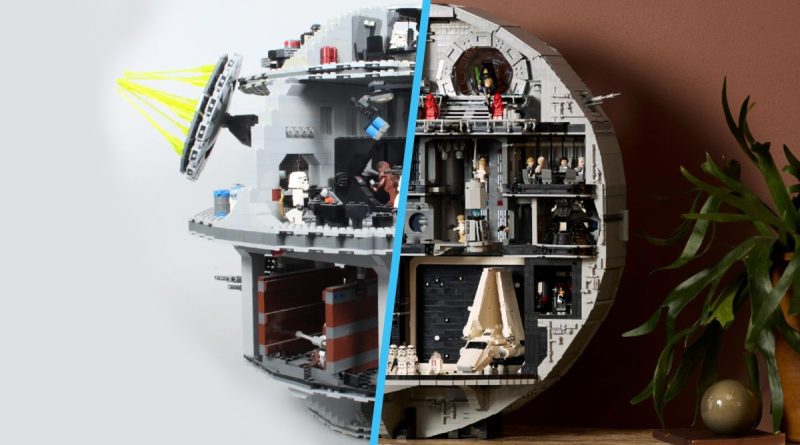LEGO Star Wars UCS Death Star, 17 years later
A new dollhouse-style LEGO Star Wars UCS Death Star is coming soon, expanding on a concept seen 17 years ago, with some major adjustments.
The highly anticipated 75419 Death Star has been officially revealed, lifting the curtain on by far the biggest and most expensive LEGO Star Wars set to date. The play-compatible Death Star model isn’t an entirely new concept for the LEGO theme, though, expanding on something seen 17 years ago (then later updated for continued production).
10188 Death Star from 2008 first floated the idea of a dollhouse-style Death Star, but on a much smaller scale than the 2025 set and with a different direction (and shape).
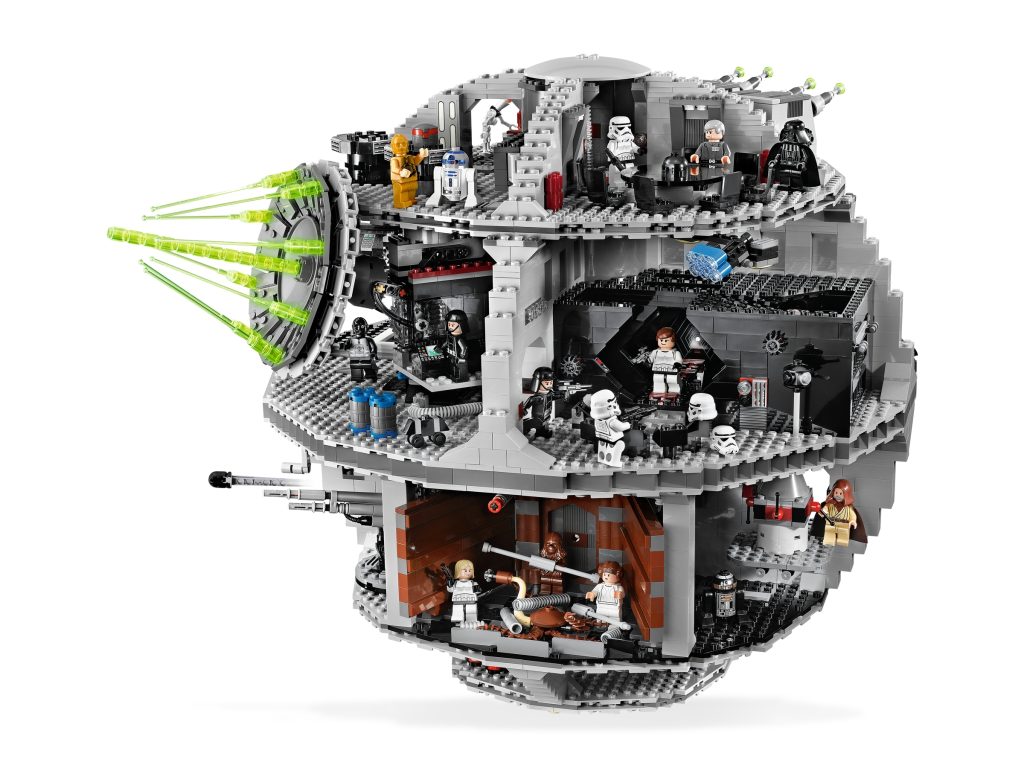
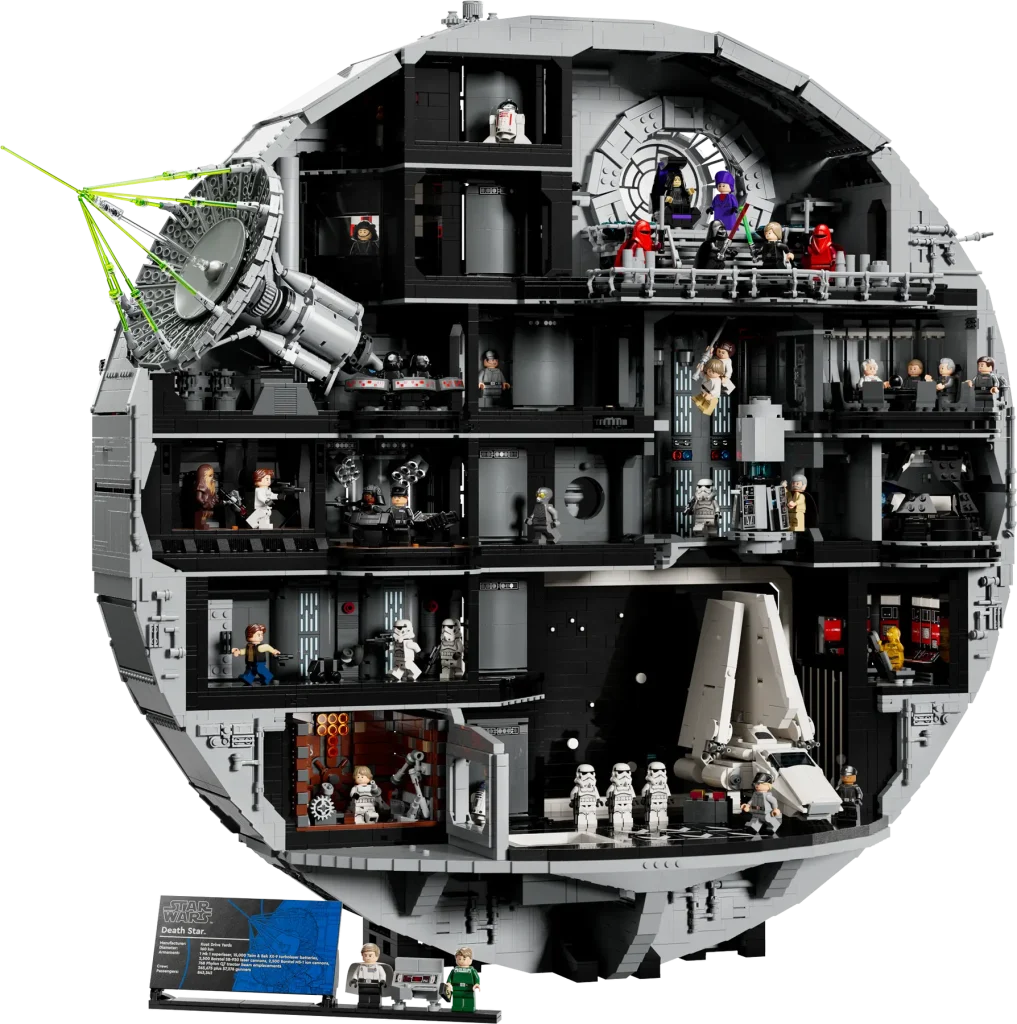
| 10188 Death Star | 75419 Death Star |
|---|---|
| 3,803 pieces | 9,023 pieces |
| 24 minifigures | 38 minifigures |
| Approximately £449.99 / $619.99 / €589.99 adjusted for inflation | £899.99 / $999.99 / €999.99 |
| September 1, 2008 | October 1, 2025 |
The depth isn’t the only difference between these two builds, and following our review of the massive new model, we decided it was time to dust off our copy of the 2008 set for a space station comparison.
Read on to see how the UCS LEGO Death Star has changed after 17 years on shelves and one minorly updated version for a re-release.
Size and shape
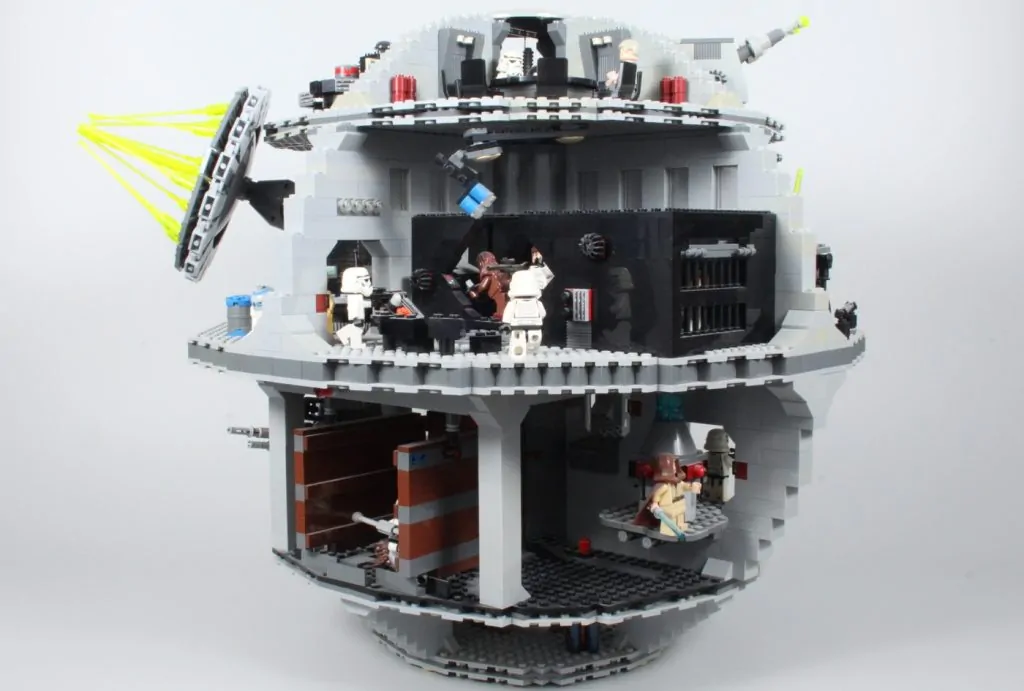
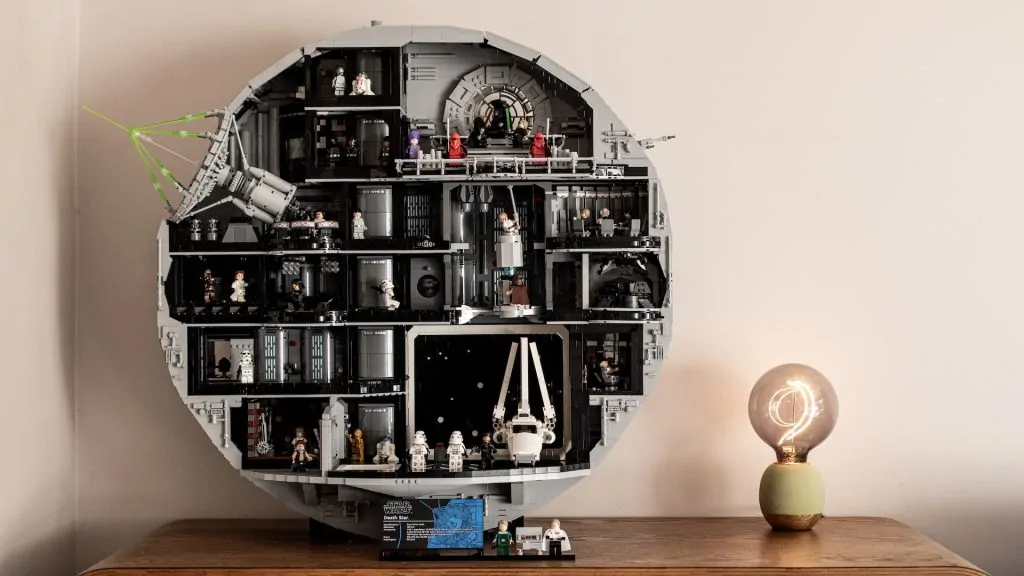
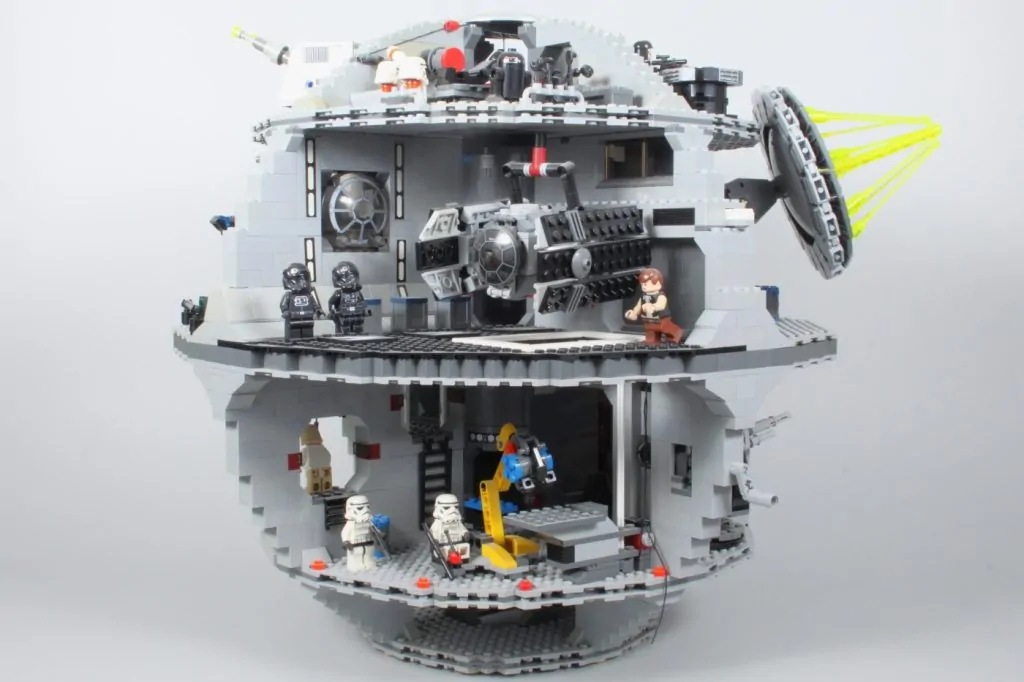
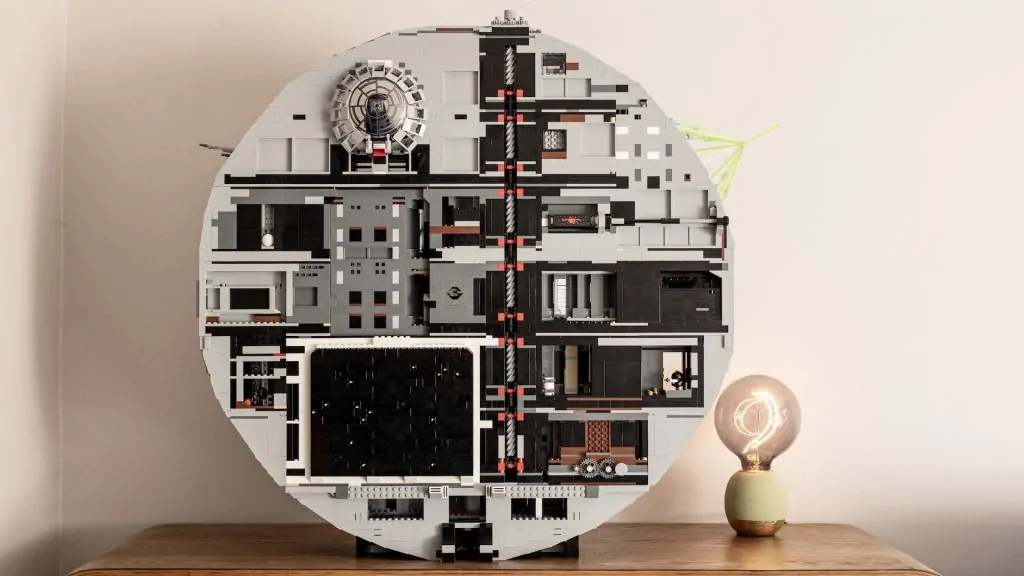
There’s no escaping the biggest difference between 10188 Death Star and 75419 Death Star. The 2025 set is only 27cm deep and with an unsightly rear, offering a slice of the iconic space station, whereas the 2008 build focused on the full sphere with no bad angle to look at the build.
Turn 10188 Death Star around, and you won’t have a couple of Easter eggs and the structural details of the build to admire, but more interior rooms to play and display minifigures in. In turn, this means that 10188 Death Star needs a shelf at least 42cm deep to fully rotate the LEGO space station. Compared to the 2025 build, it’s harder to display on a thin shelf.
75419 Death Star is also much larger overall than the 2008 model, measuring 79cm wide and 70cm tall compared to 10188 Death Star’s height and width of 41cm and 42cm, respectively. The piece count of the 2025 build is also more than double that of the 2008 set, and it covers just as many rooms, though with a comparable surface area between them.
75419 Death Star may be much bigger overall, but its focus on one specific angle drastically changes the direction of UCS LEGO Death Stars compared to the 2008 set, which invited you to interact with the build and spin it around, as much as it was harder to display overall.
Superlaser
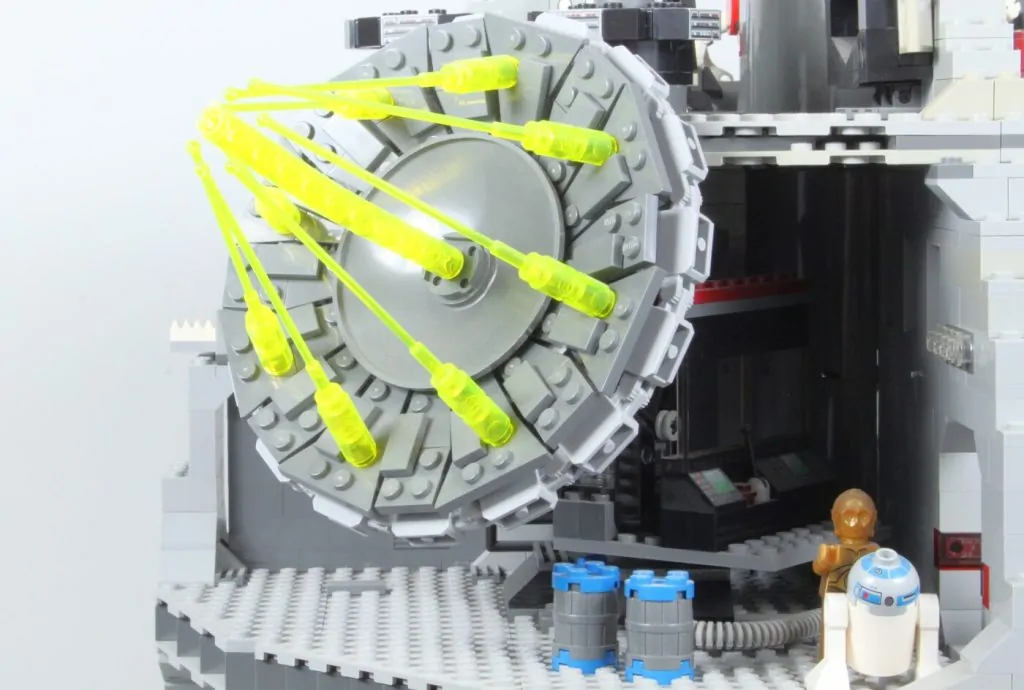
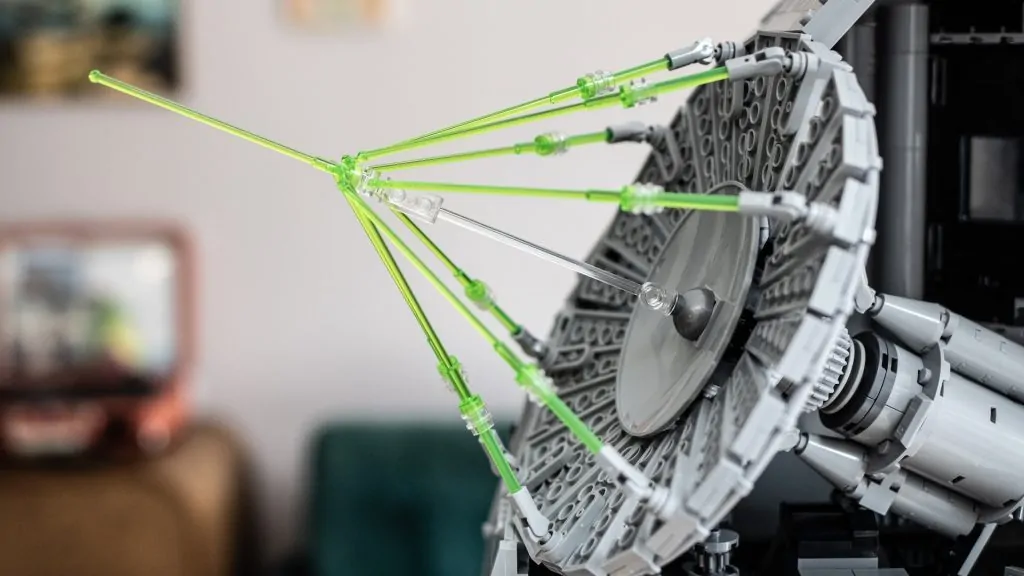
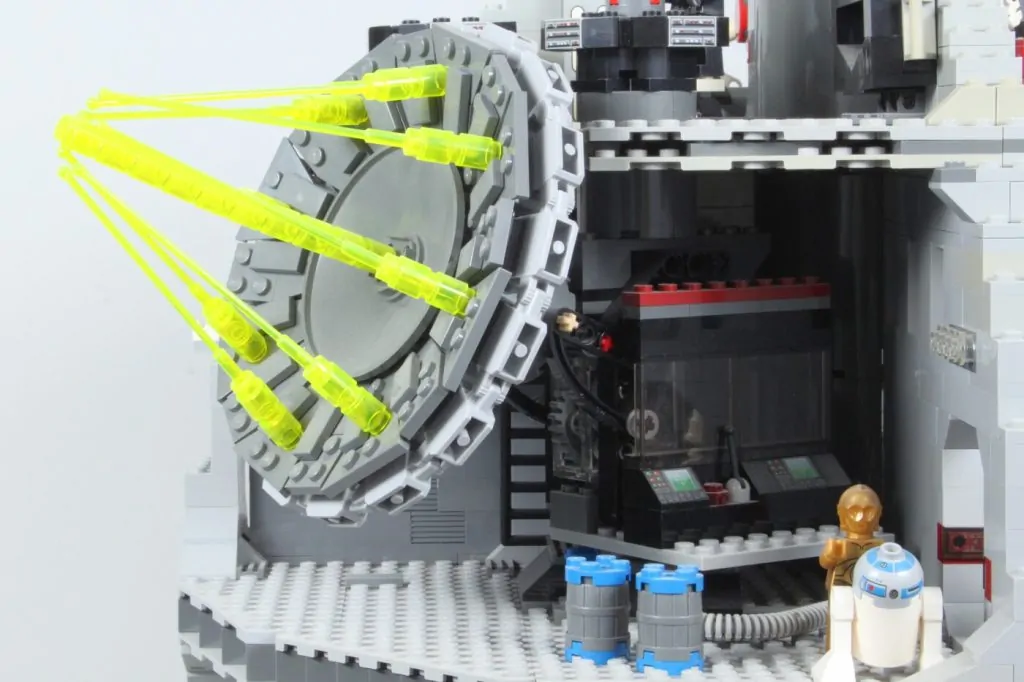
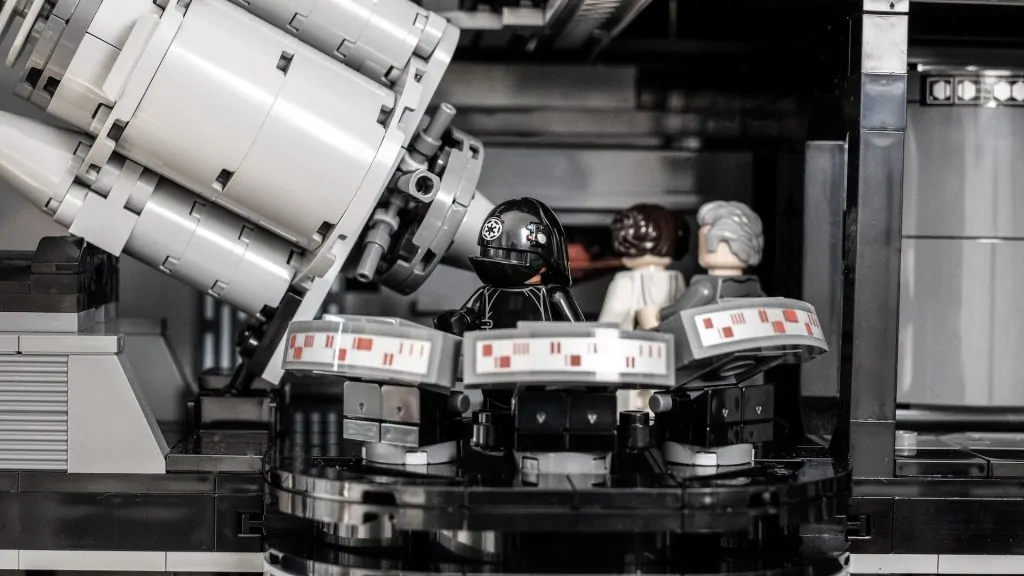
10188 Death Star’s depiction of the iconic Superlaser dish is still a great recreation of the futuristic weapon, but it features an inaccurate green beam going from the centre of the dish towards the end of each transparent green LEGO antenna. For the time, this is commendable and the effect works well, but it’s ultimately nothing compared to that of 75419 Death Star.
75419 Death Star‘s Superlaser has an unparalleled level of detail, much more accurately depicting the beams and using transparent elements to accurately position the combined beam atop each beam’s tip, rather than having it shoot through the middle. There’s little to no doubt that the 2025 set has the better Superlaser build.
The control rooms in each Death Star set have stark differences thanks to the available space. 10188 Death Star’s control room is integrated into the mechanism that can move the dish, moving it up and down and left and right, even though it is static on the fictional space station. The control room itself is located above the superlaser, with the changing viewport.
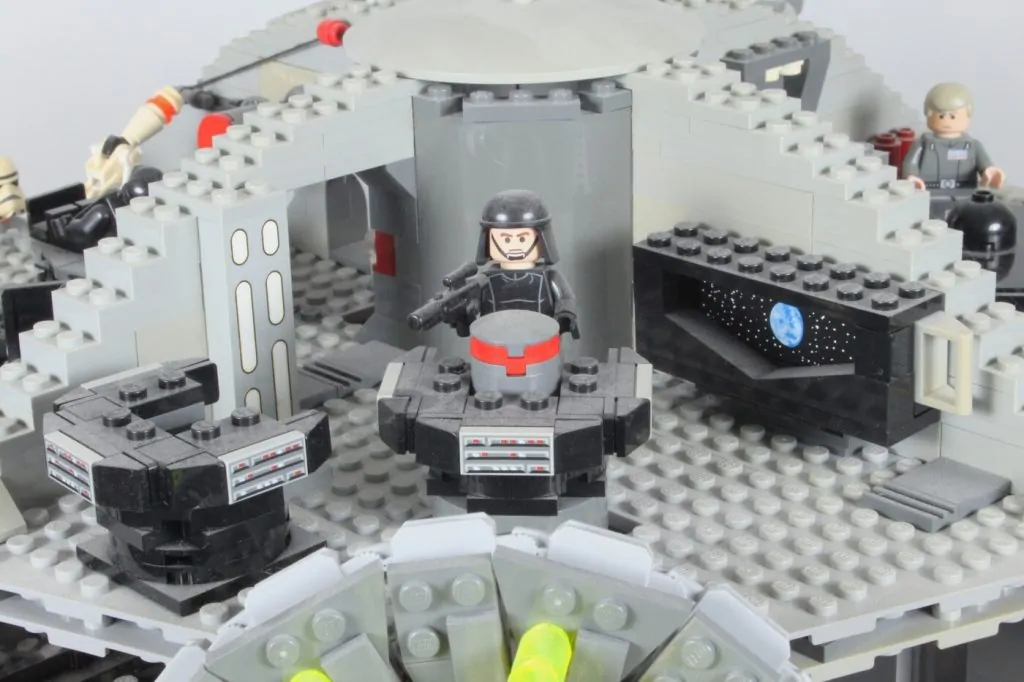
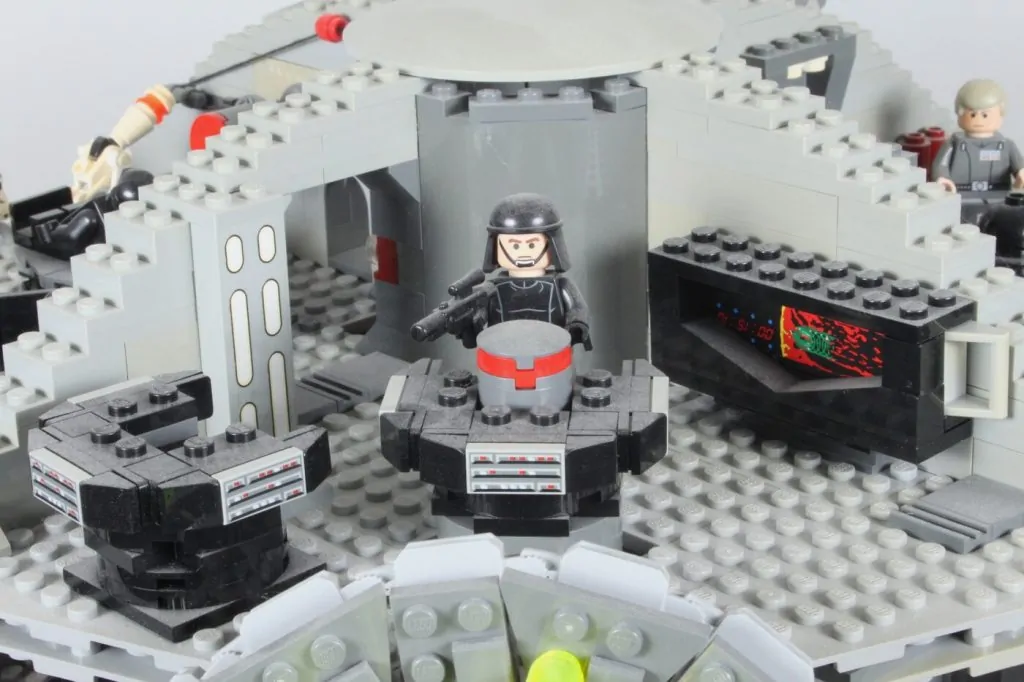
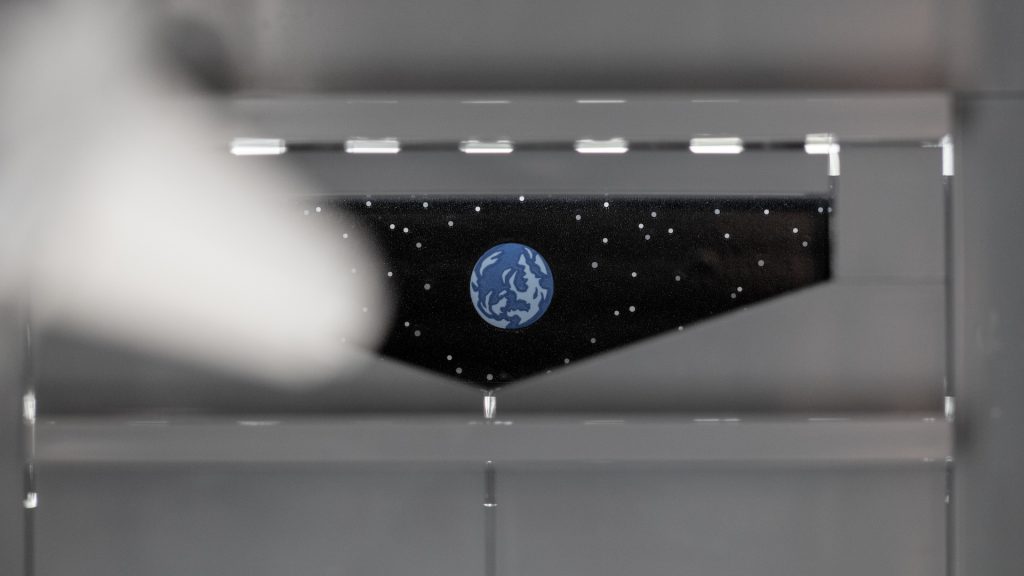
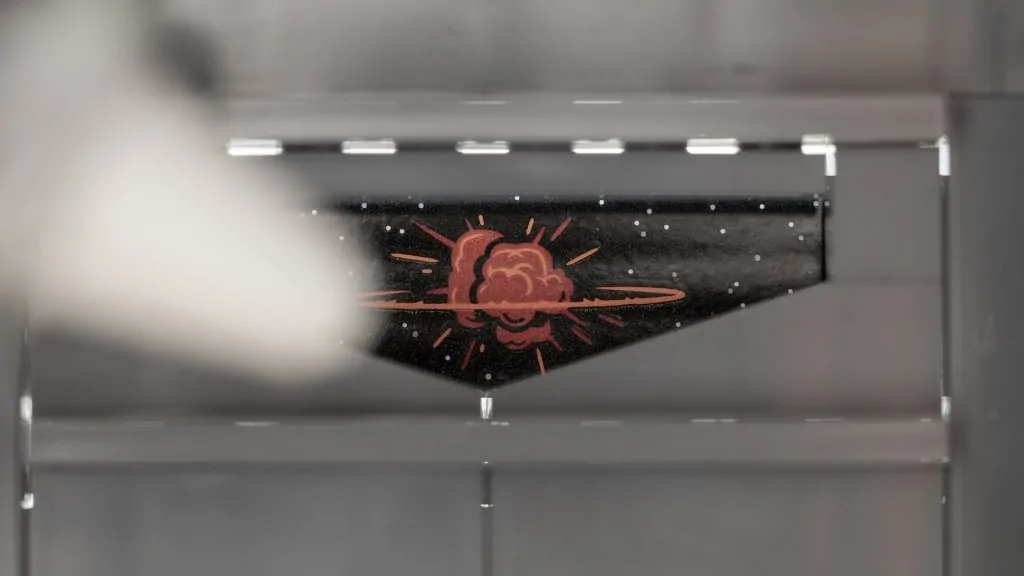
The 2025 Death Star set is more accurate with its lack of functionality, more accurately achieving the curved control station since it doesn’t have to worry about space for play features. It does depict this viewport and control room directly next to the Superlaser itself, instead of them being separated as they were in 2008, but that’s thanks to the wealth of space available in 2008.
10188 Death Star has plenty of unused space in the room that houses the Superlaser, but this space needs to be kept bare to allow the dish to move. This doesn’t impact the control room itself, since that’s in another room entirely with enough area to properly depict the most important aspects of the control room. 10188 Death Star has plenty of other space to use, too, even making up spaces not seen in the movies after covering the most iconic locations. 75419 Death Star‘s thinner design doesn’t leave it with quite as much space in terms of depth, but it manages to keep pace when it comes to the crucial features of the interior
Interior
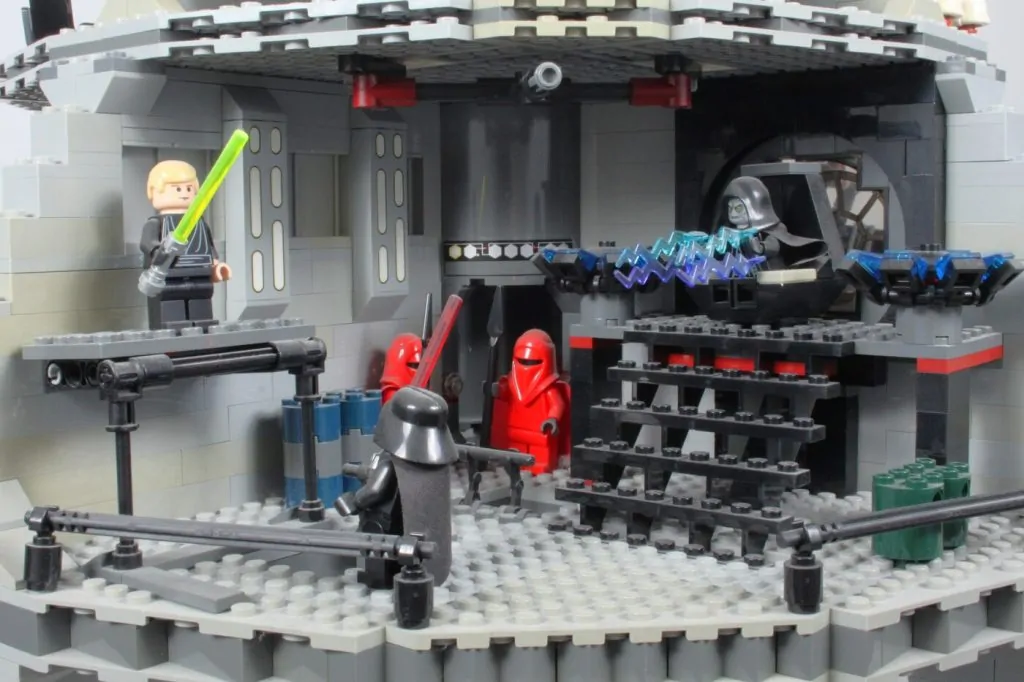
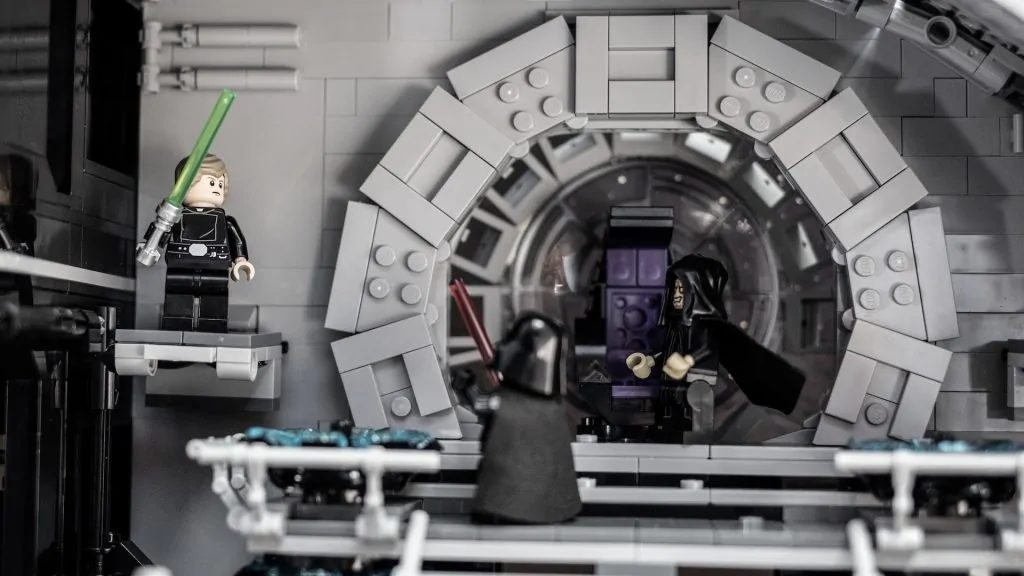
With more depth in 10188 Death Star, the two UCS builds cover a comparable number of rooms, with only a few spaces that are different between the 2008 and 2025 sets.
The Emperor’s throne room is featured in both builds, but with a window looking into a hangar rather than outside in the 2008 build. The level of detail in 10188 Death Star’s space is also much lower than that of 75419 Death Star, though with the blessing of space to pose minifigures mid-battle. Both rooms across the two sets feature the raised platform, and it’s easy to tell what this location is in each set.
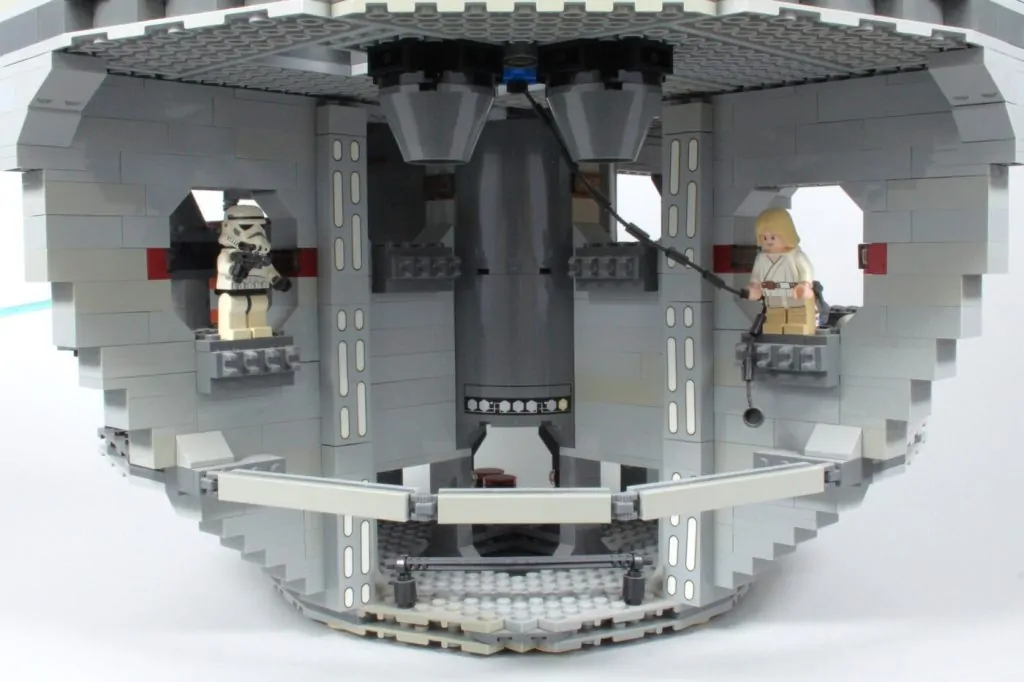
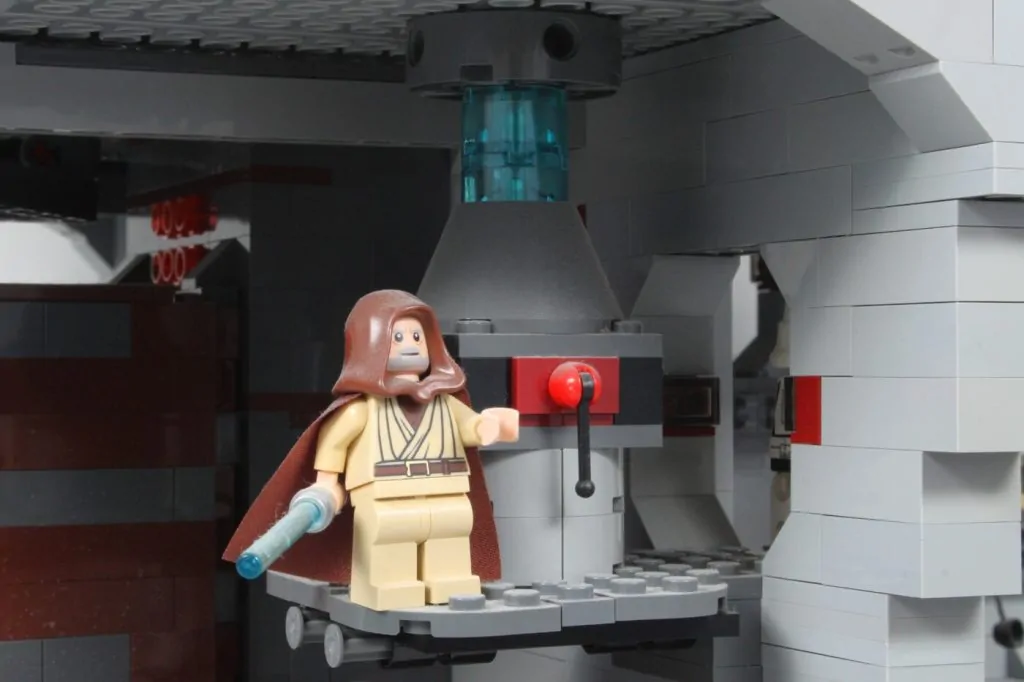
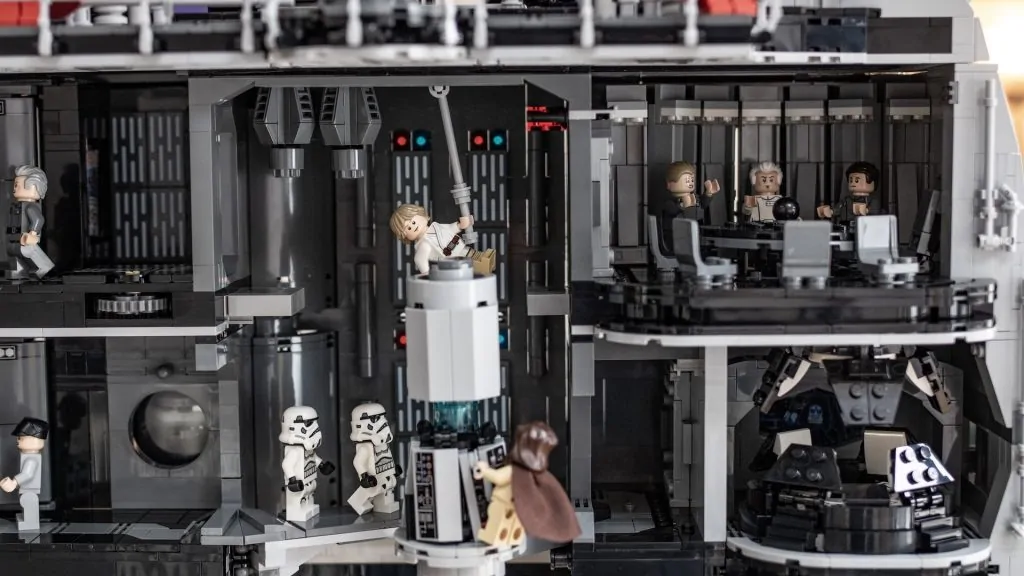
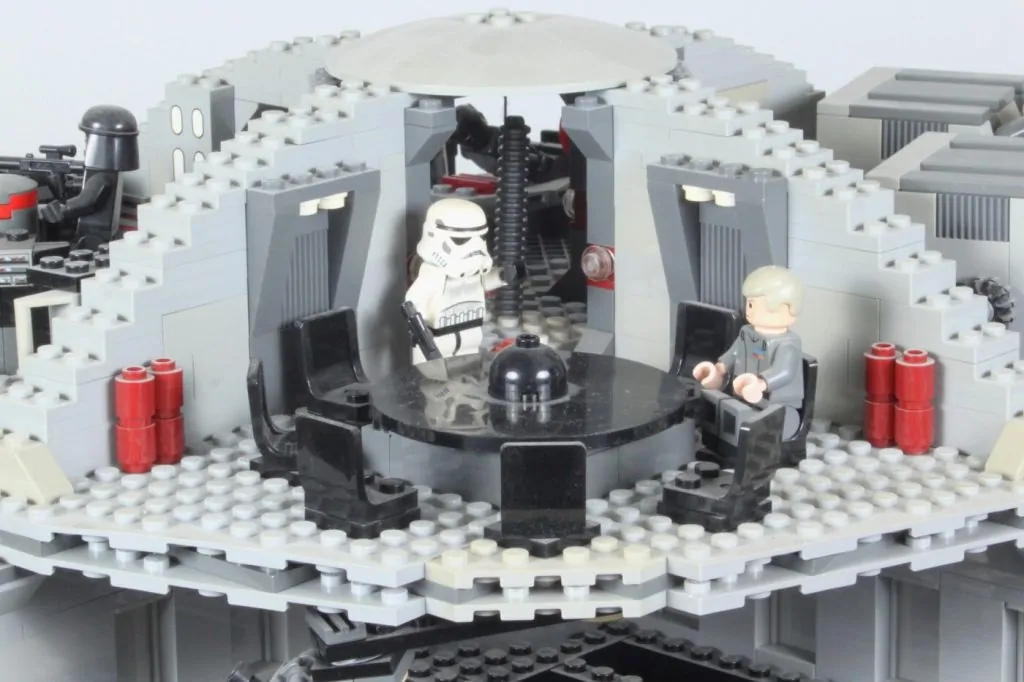
The chasm and conference rooms are featured in both UCS Death Stars, too, though the chasm in the 2008 set feels much grander and more treacherous than that of the 2025 model. This is thanks to the wealth of space available in 10188 Death Star’s interior, but with the decision to feature the tractor beam controls in a connected space rather than below it, as seen in 75419 Death Star.
The conference rooms are not as comparable, since the 2025 room is far more detailed with its circular back wall and table that uses more than four elements. That said, the conference room in the 2008 Death Star is perfectly sufficient with the necessary number of chairs to host galaxy-shifting meetings.
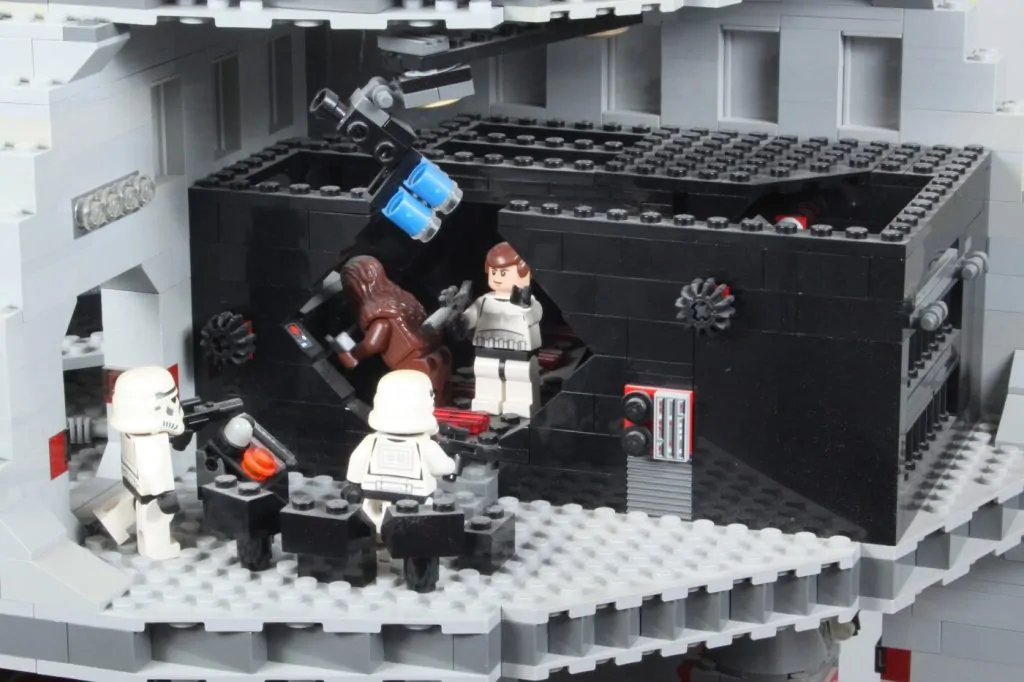
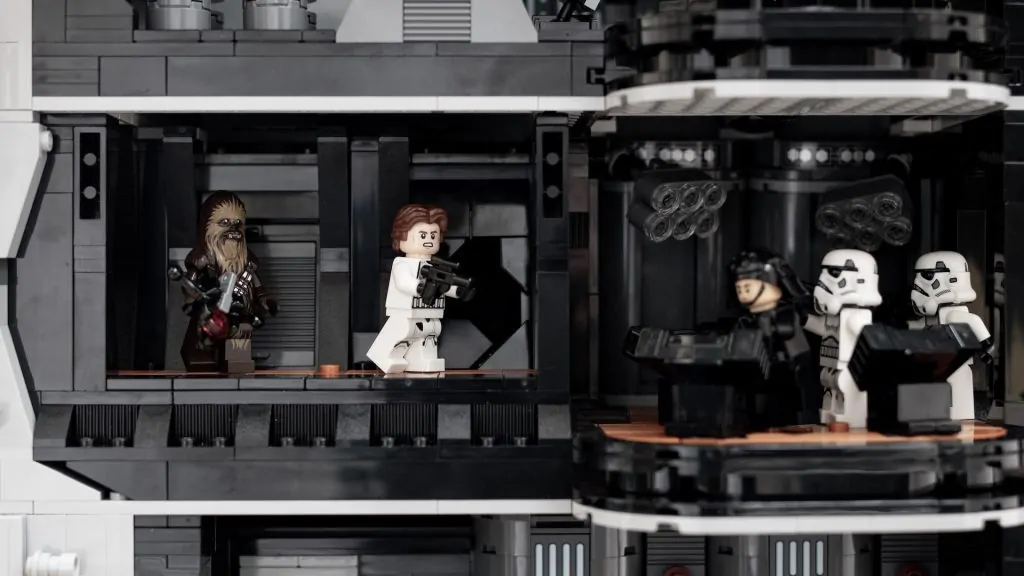
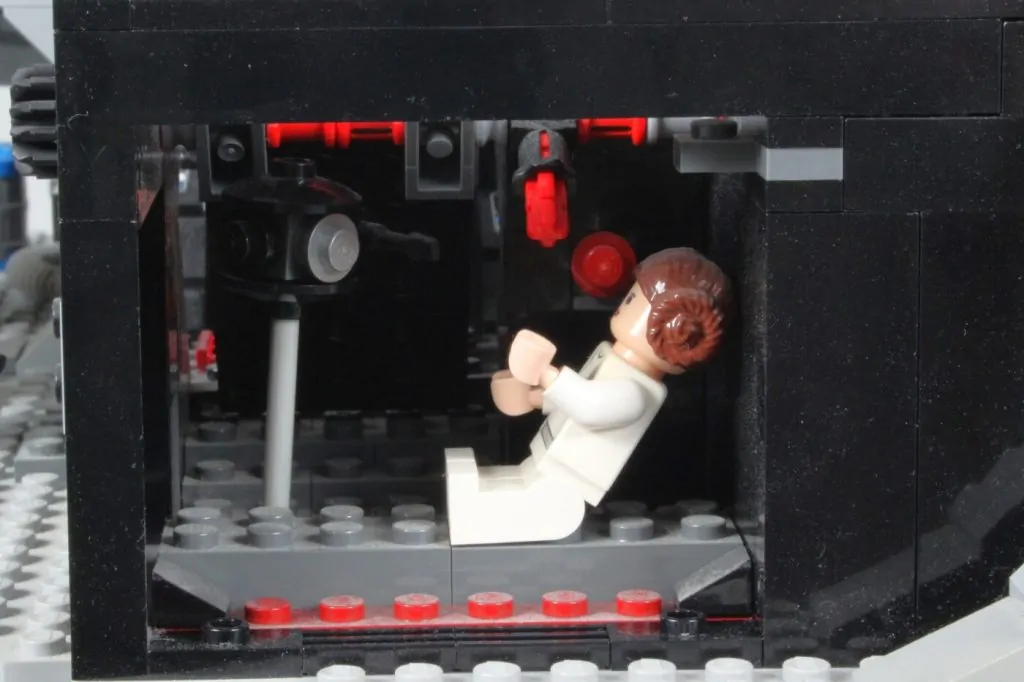
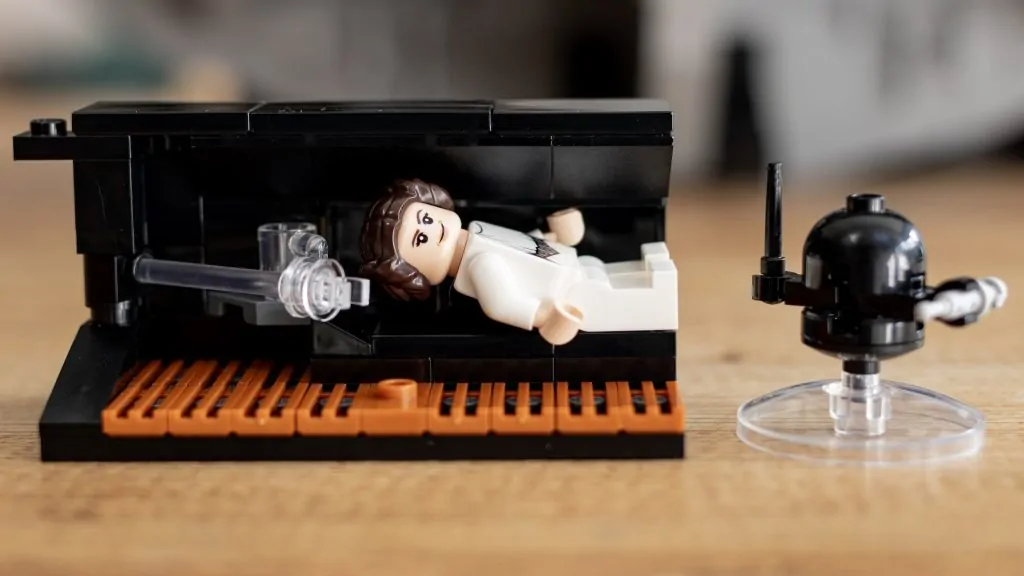
The detention block between the two LEGO Death Stars offers the most differences in the builds. The square nature of space doesn’t quite fit the spherical shape of 10188 Death Star, forcing it to go beyond the boundaries of the LEGO sphere. It still has the necessary details from the control panels outside to the cell for Leia, but once more, 75419 Death Star upgrades this space with a much higher level of detail. Both cover the important aspects, but this demonstrates just what 17 years can do for a dollhouse-style Death Star.
The trash compactor is another similar space between the two UCS Death Stars, both including a moving wall function, but you can see how it has evolved in 75419 Death Star. The theatre-like function of 75339 Death Star Trash Compactor Diorama sees modules slide with the walls, tightly compacting together to sell the effect of the space being crushed, threatening our heroes. The older functionality of 10188 Death Star isn’t quite as effective, keeping the trash low to the ground as it moves. At least the Dionaga is present in both spaces.
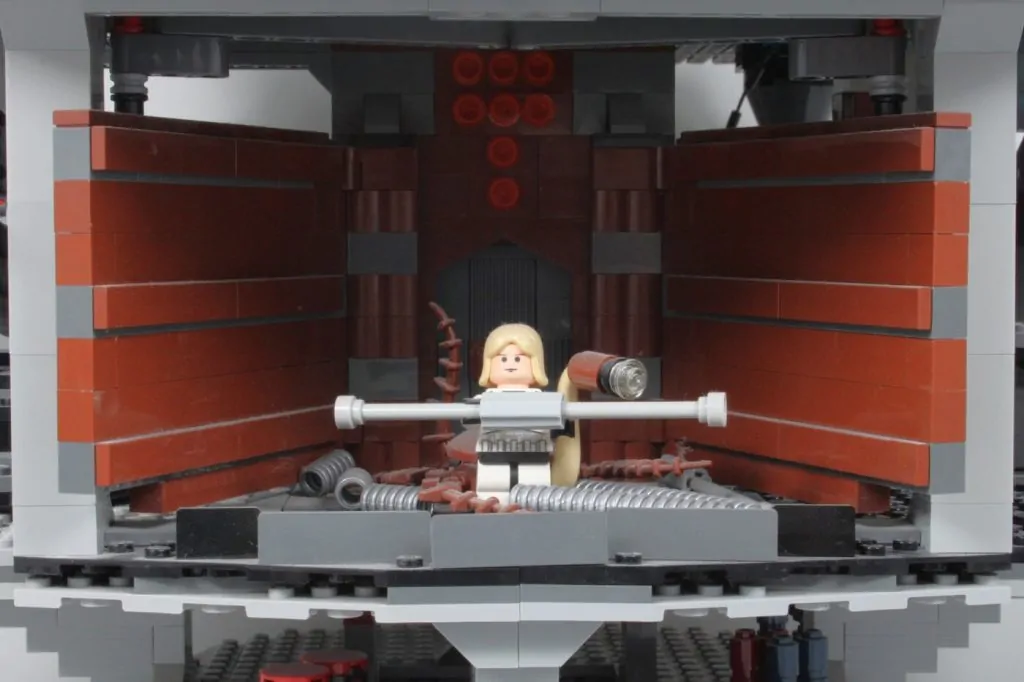
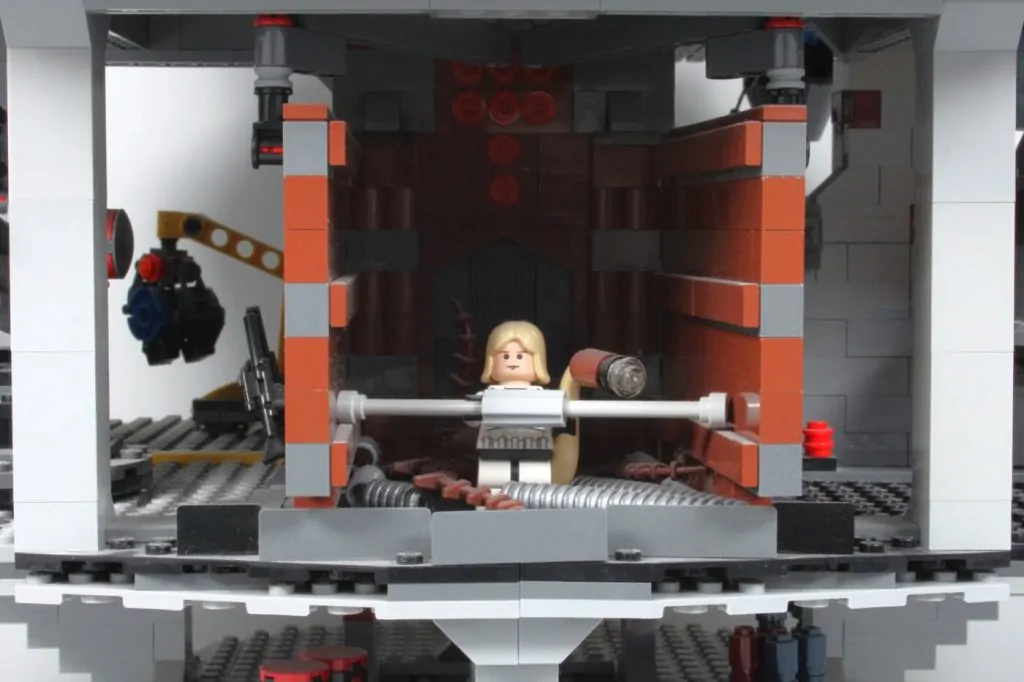
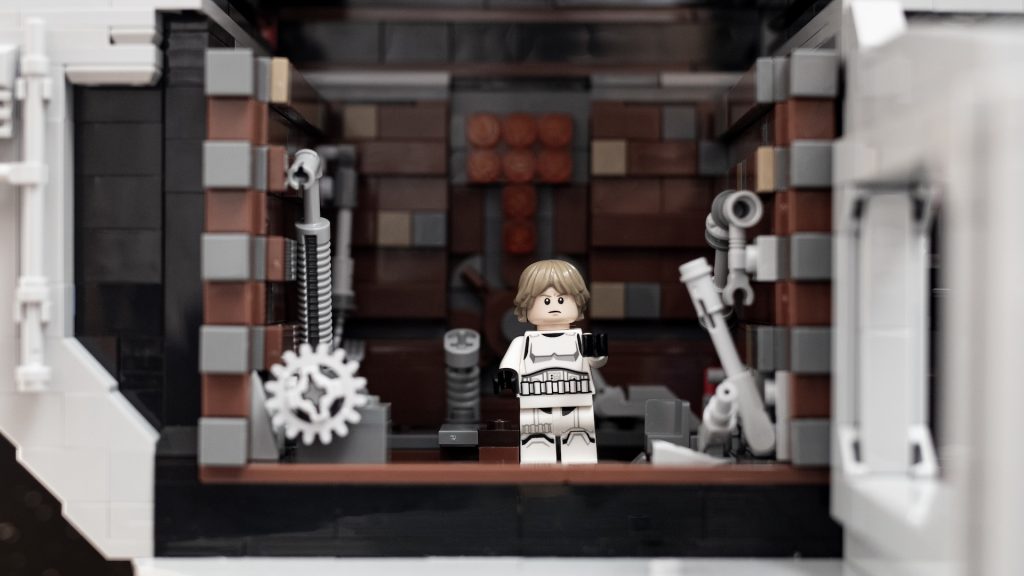
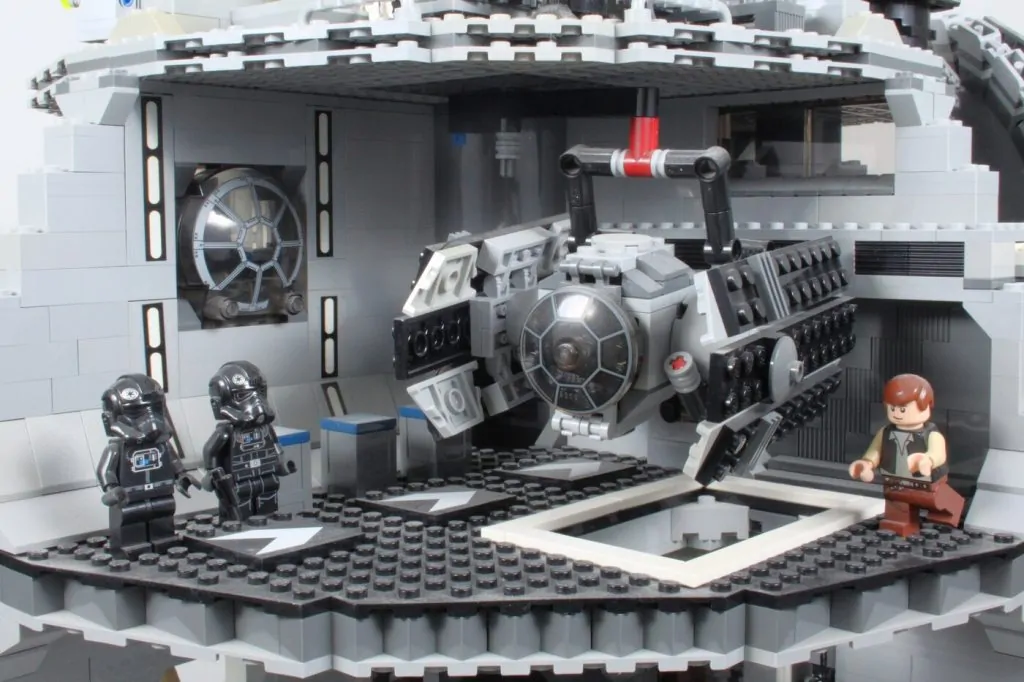
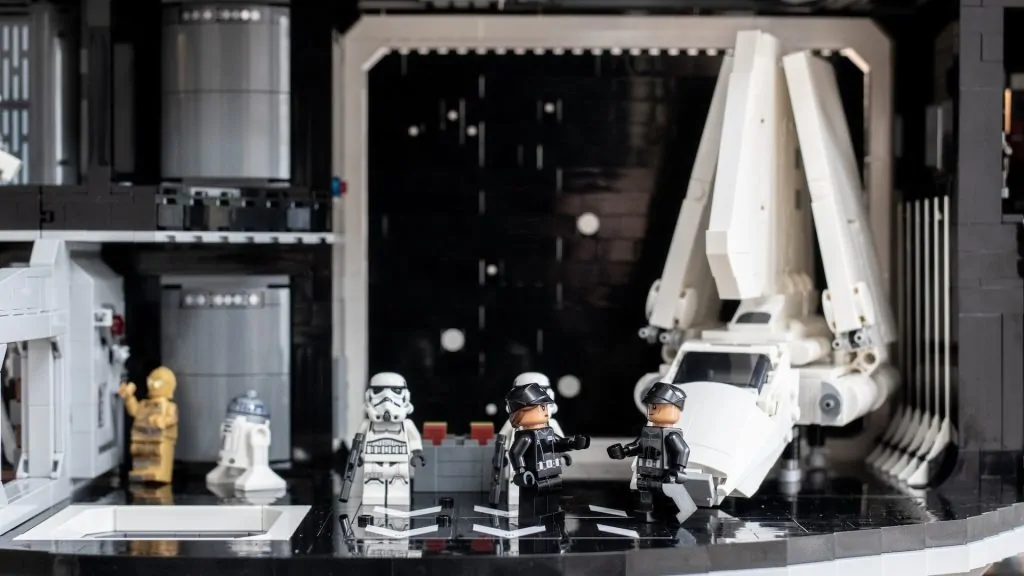
The hangars between 10188 Death and 75419 Death Star offer even more differences. At their core, the rooms are similar, featuring a ship, the white square with the hole and the arrows on the grounds, but looking more closely, these areas are more drastically different than you might realise.
While 10188 Death Star’s hangar inaccurately offers the throne room a view of ships leaving the space station, 75419 Death Star innovates intensely with a build to represent the void space and the stars floating within it. It’s an incredibly good effect that helps elevate the new hangar above that of the 2008 set, but there is one way in which the original build is better.
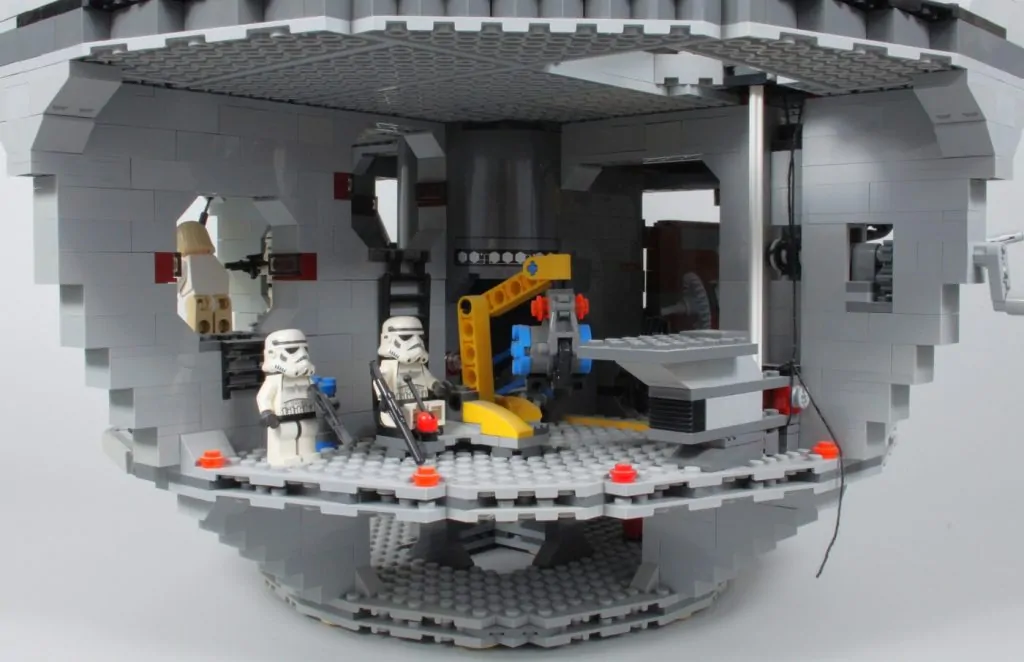
The white square with a hole in the 2025 set leads to outside the space station, with no room below it for further activities. The 2008 set doesn’t have this issue, featuring a warehouse-like space beneath and a crane to load supplies onto a lift, lifting them to the hangar bay accordingly. It’s an important feature that helps connect the spaces of 10188 Death Star more than that of 75419 Death Star.
The 2025 UCS Death Star focuses mostly on display value, even offering the ability to remove rooms from the space station model entirely, similar to 43263 Beauty and the Beast Castle. 10188 Death Star is focused more on play value, with many features intended for you to interact with. This demonstrates a changing attitude in LEGO Star Wars, as bigger builds target an older audience than the earlier years of the theme.
10188 Death Star and 75419 Death Star may have their differences, but these serve as a great demonstration of how LEGO Star Wars has adapted and evolved over the past 17 years, including in just how big the sets can be. 10188 Death Star is retired, but 75419 Death Star launches on October 1 for LEGO Insiders, or October 4 widely, for £899.99 / $999.99 / €999.99.
Support the work that Brick Fanatics does by purchasing your LEGO using our affiliate links – thank you.

